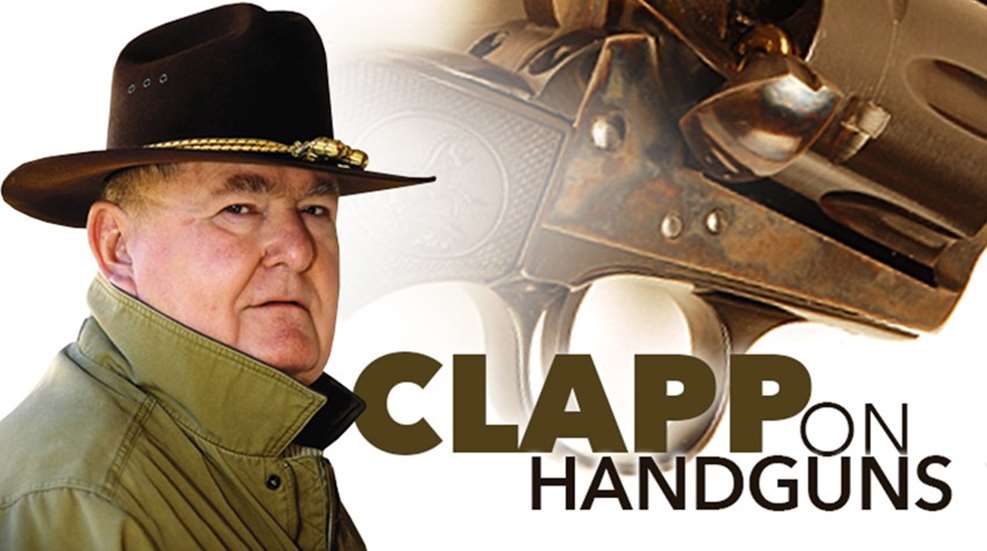
The high capacity automatic pistol is now an accepted necessity in the 21st Century gun culture. While it is most commonly done in 9 mm Luger, the double-wide pistol may or may not be a necessity in the real world. That's an opinion, so we had better take a deeper look at the virtues and vices associated with this class of gun. The advantages of a high capacity magazine should be obvious, but are best summarized in Wayne Novak's words: “the reload is in the gun.” Sure, there is a great potential for misuse in a seemingly endless supply of ammunition, but the answer to that one lies in good training. It doesn't make sense for the traditionalist to condemn the pistol's capacity for potential misuse when the gun doesn't have anything to do with the way it's used. In my view, the problems associated with this class of pistol are the physical characteristics that are by-products of those two columns of cartridges.
Many of the double wide service pistols have complicated trigger systems that are hard to learn. In great measure, this problem is being engineered away. The current trend is to simplify triggers that work on some form of DAO (double action only) system. In this kind of gun, pioneered by the Glock, trigger action performs two functions—fully cocking the hammer or striker, and releasing it to fire. This revolver-like simplicity does not require de-activating a safety, so it is essentially an aim-and-shoot drill. While the trend is toward the simplified triggers, they have disadvantages in that the triggers usually have to move through a long arc requiring considerable pressure. In short, they're harder to shoot with accuracy.
I am more concerned with the second high-capacity problem, which is the trend toward a thicker, harder-to-handle grip section. In law enforcement in particular, there are smaller officers taking up the badge. The guns that some of them are required to carry are just too thick for their short fingers and narrow palms. This trend is lessening with such guns as the Ruger SR9, S&W M&P, FNP, H&K, all of which use some form of adaptable butt section that lets the smaller shooters have a workable pistol. Even Glock has introduced a system to make the grip surfaces adaptable to a variety of hands. However, there was one pistol that had both a workable trigger system and extremely good ergonomics.
That pistol was the Peter Sodoma-designed Browning BDM. I may be a little like Don Quixote tilting at windmills to fondly endorse this gun, because it was not a great commercial success. BDMs were introduced almost 20 years ago and lasted until about 1998. I remember my review pistol very fondly, because it addressed both the trigger problem and the ergonomic problem—and handled them both very well. It had a slide-mounted catch that let you choose between a simple, revolver-like DAO system and a Wondernine-like DA/SA trigger system. One or the other, either-or, but a 90 degree catch took it back to the alternate mode. One of the great advantages of the DAO (revolver mode) was your ability to thumb cock the hammer for a more precise shot, should the tactical circumstances demand it. It was a good design, but its best feature was slimness. Sodoma used a different kind of hammer spring and therefore avoided a long coil spring on a strut behind the magazine. There was little more than the magazine in that skinny little butt section. My buddy Bob Hoelscher—who held a cop's badge for 50 years in Florida—was an advocate of this gun and got it approved in Dade County. The real proof of the radical Browning was the fact that cops, who could have handled anything on the planet, chose the BDM. I have no idea why it didn't last, but I suspect that too few people saw it and used it.





































